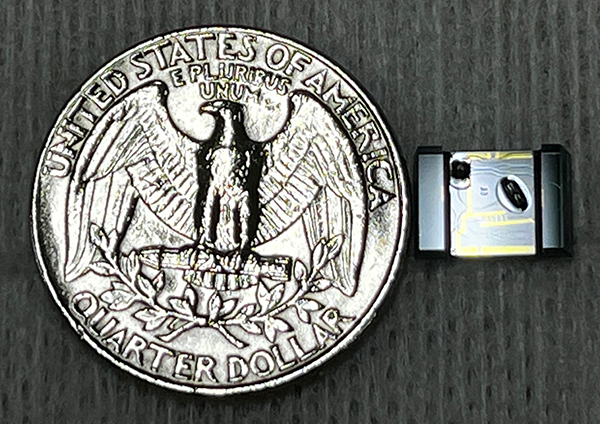PLC Chip for LiDAR

Conventional LiDAR for automotive use was mainly based on a mechanical rotation system. This has many disadvantages for automotive applications, such as requiring a motor for the driving unit, making it difficult to reduce size and weight, and making it more expensive.
In order to solve these disadvantages, the development of all-solid-state sensors that can cover 360° by using multiple sensors is becoming the mainstream for automotive applications.
In addition, as a detection and ranging technology, the FMCW method is attracting much attention because it can more accurately determine the conditions of an object than the conventional TOF method.
The structure, which requires no rotating or mechanical wear, makes it possible to reduce the weight and size of the casing. In addition to automotive applications, LiDAR is expected to become a long-range, high-resolution LiDAR suitable for a variety of applications, such as intelligent transportation systems, security, crowd analysis, industrial robotics, and so on.
FEATURE
Advantages of PLC for LiDAR
- Low loss, high power --> Long distance detection, high resolution, FMCW method
- Small size and light weight --> Autonomous vehicles, small robots, drones, so on.
- Mass production --> Mass production, a shorter delivery time, and lower cost can be realized by wafer manufacturing.
- High quality and high reliability --> Over 40 years of mass production history in telecom applications
- Customization --> Capable of handling from initial development to mass production; wavelengths for optical communication (1200nm to 1700nm) are available.


